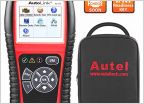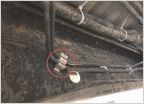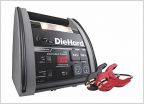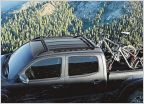-
Welcome to Tacoma World!
You are currently viewing as a guest! To get full-access, you need to register for a FREE account.
As a registered member, you’ll be able to:- Participate in all Tacoma discussion topics
- Communicate privately with other Tacoma owners from around the world
- Post your own photos in our Members Gallery
- Access all special features of the site
dual battery vs. power station?
Discussion in '2nd Gen. Tacomas (2005-2015)' started by TacoTuesday1, Apr 16, 2023.


 ABS and Traction Control Light Intermittent.
ABS and Traction Control Light Intermittent. What's this clip called?
What's this clip called? Battery booster pack
Battery booster pack Anybody used Mobil 1 or Amsoil 75w-90?
Anybody used Mobil 1 or Amsoil 75w-90? Does anyone offer Free Shipping on Dakars?
Does anyone offer Free Shipping on Dakars? OEM Roof Rack parts number question...
OEM Roof Rack parts number question...
